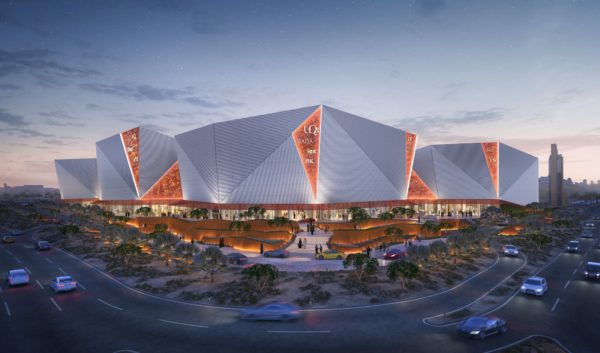At Uncommon Land, through our extensive work in the Middle East, we’ve spent a lot of time devising creative landscape solutions for arid climates. In countries such as Bahrain, the UAE and Saudi Arabia, our primary focus is creating exciting, habitable and sustainable outdoor spaces that extend the use-period through passive microclimate cooling.
Our first step is to improve and promote thermal comfort. Looking to influence the region’s milder ‘shoulder months’, we design landscape interventions that help to cool and control the local environment, creating microclimates that are conducive to human activity and outdoor living.
These interventions begin early, at the masterplanning stage, where collaboration between landscape, urban design and architecture is critical. In particular, we explore options for shade creation in the built environment, using tight streets, courtyards, pergolas, squares and colonnades to create passive shading. These measures offer respite from the heat of day and mitigate the ‘urban heat island effect’.
We then layer in landscape elements such as water features and softscaping to cool the air through evaporation and transpiration, respectively. Deep, moving and shaded water features provide optimum ambient cooling, while misters can help to reduce dry heat. Tall trees, combined with low vegetation, enhance shading and ventilation and minimise solar radiation. We also work with prevailing winds to encourage constant airflows through urban centres.




